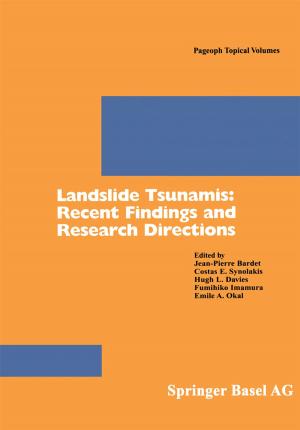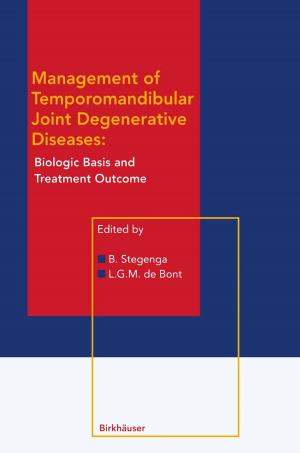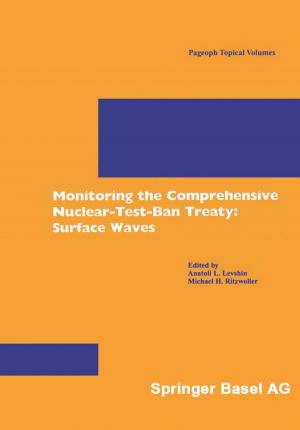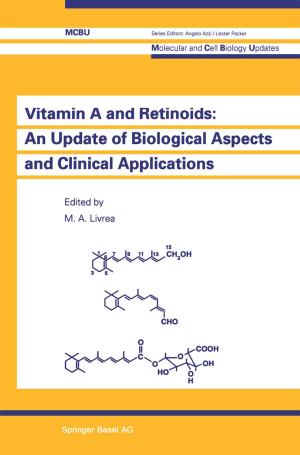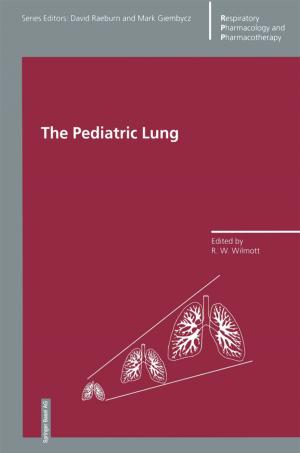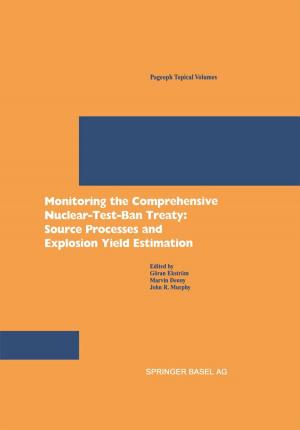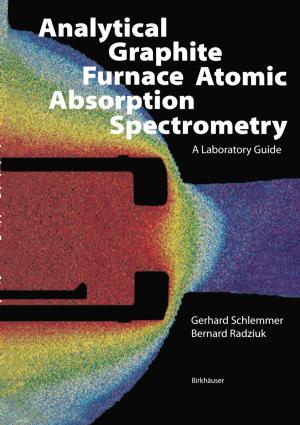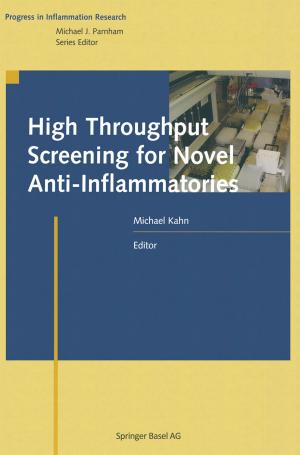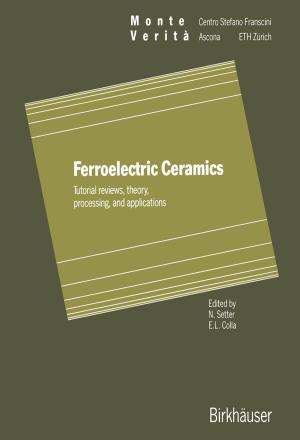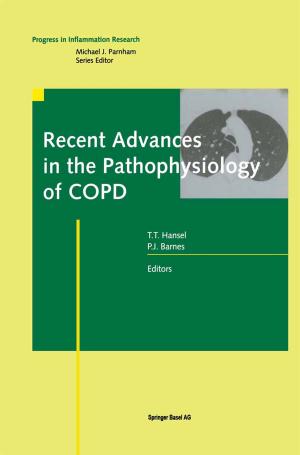Inducible Enzymes in the Inflammatory Response
Nonfiction, Health & Well Being, Medical, Specialties, Pathology, Internal Medicine, Neuroscience| Author: | ISBN: | 9783034887472 | |
| Publisher: | Birkhäuser Basel | Publication: | March 11, 2013 |
| Imprint: | Birkhäuser | Language: | English |
| Author: | |
| ISBN: | 9783034887472 |
| Publisher: | Birkhäuser Basel |
| Publication: | March 11, 2013 |
| Imprint: | Birkhäuser |
| Language: | English |
This volume will be of great value to all those researchers in the area of the inflam matory response, notably academics, clinicians and members of the pharmaceutical industry. The book has in the main been restricted to three inducible enzymes, namely nitric oxide synthase (iNOS), cyclooxygenase (COX-2) and hemeoxygenase (HO-l), although matrix metalloproteinases, xanthine oxidoreductase and tissue transgluta minases are reviewed. The modulation of these enzymes is viewed as possible novel therapeutic advances in the area of inflammation and also cancer. The latter topic may well be the subject of a further book. It will be interesting to observe the progress of such new therapies in the next decade. Already some of these enzyme modulators have been approved for the treat ment of inflammatory disease, as evidenced by the new families of COX-2 inhibitors. We believe such advances will herald a series of new and exciting agents to be included in the clinician's armamentarium in the constant struggle against inflammatory disease. The editors wish to thank all contributors to this volume on inducible enzymes. It should however be stressed that the views expressed by the authors are personal and do not necessarily reflect those of the editors. Indeed, the reader may find con flicting statements in a number of the chapters. We believe that this is entirely appro priate as this volume reflects the latest work in a rapidly developing area.
This volume will be of great value to all those researchers in the area of the inflam matory response, notably academics, clinicians and members of the pharmaceutical industry. The book has in the main been restricted to three inducible enzymes, namely nitric oxide synthase (iNOS), cyclooxygenase (COX-2) and hemeoxygenase (HO-l), although matrix metalloproteinases, xanthine oxidoreductase and tissue transgluta minases are reviewed. The modulation of these enzymes is viewed as possible novel therapeutic advances in the area of inflammation and also cancer. The latter topic may well be the subject of a further book. It will be interesting to observe the progress of such new therapies in the next decade. Already some of these enzyme modulators have been approved for the treat ment of inflammatory disease, as evidenced by the new families of COX-2 inhibitors. We believe such advances will herald a series of new and exciting agents to be included in the clinician's armamentarium in the constant struggle against inflammatory disease. The editors wish to thank all contributors to this volume on inducible enzymes. It should however be stressed that the views expressed by the authors are personal and do not necessarily reflect those of the editors. Indeed, the reader may find con flicting statements in a number of the chapters. We believe that this is entirely appro priate as this volume reflects the latest work in a rapidly developing area.

